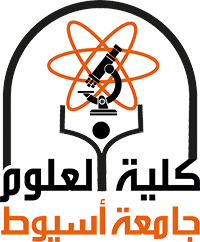Arias intensity value is the best recognized parameter for dynamic slope stability studies and liquefaction potential. The reason is that the Arias intensity, an instrumental measure of the intensity, that is, based on acceleration records, is a real measure of the energy absorbed by the ground during an earthquake, including both the acceleration values, the shake duration and all frequencies included in the recorded motion. With this goal, specially the assessment of the seismically-induced landslide potential, a preliminary probabilistic seismic hazard assessment in terms of this parameter is conducted for the first time in Egypt. Although Egypt is a country with a gentle topography, the Red Sea and Southern Sinai mountains, in its eastern part, stand out for their elevations, making them areas with a relatively high landslide potential. The computed probabilistic Arias intensity values are based on a previous used seismicity model. From available ground-motion prediction equations for this parameter, and using a logic-tree scheme in order to account for uncertainties, probabilistic Arias intensity values have been obtained for two different return periods. Results are quite in agreement with previous assessments in terms of mean peak ground acceleration, that is, areas with greater peak ground acceleration values agree with areas with greater Arias intensity values. For both return periods of 475 and 975 years, the areas that stand out for the Arias intensity values are the Aswan region and the Gulf of Aqaba. With lower hazard values they can also stand out the Gulf of Suez—Cairo region, and a nucleus in the western coast of the Red Sea, near the city of Marsa Alam. In all cases, significant earthquakes in the historical and instrumental periods are what generate the obtained hazard values. Consequently, these areas are shown as those in which the future probability of occurrence of ground instabilities is greater. Some of these areas could host disrupted landslides, coherent slides and even flows and lateral spreading instabilities under suitable weather conditions.
Research Abstract
Research Date
Research Department
Research Journal
In: Hamimi, Z., et al. Seismotectonics of the East Mediterranean-Red Sea region. Advances in Science, Technology & Innovation. Springer, Cham.
Research Member
Research Publisher
Springer
Research Website
https://doi.org/10.1007/978-3-031-80928-6_24
Research Year
2025

